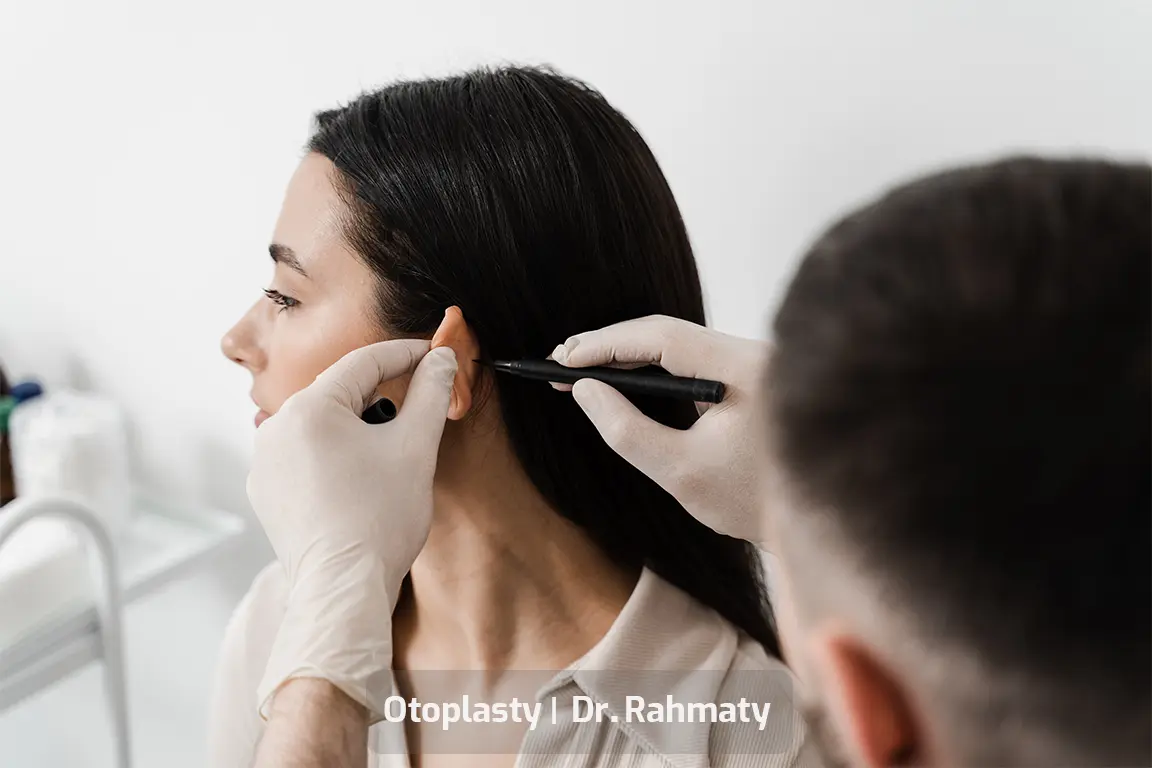Otoplasty or Ear Cosmetic Surgery: Everything You Need to Know
Otoplasty, also known as cosmetic ear surgery, is a type of plastic surgery aimed at correcting the shape, size, symmetry, or position of the ears. This procedure is particularly suitable for individuals who are unhappy with the excessive protrusion or abnormal appearance of their ears. Otoplasty can have a significant impact on facial aesthetics and greatly boost a person’s self-confidence.
People with naturally shaped ears often don’t even notice them. However, individuals with large, misshapen, or deformed ears are often constantly aware and self-conscious about them.
Fortunately, correcting ear deformities is one of the few cosmetic surgeries that can be safely performed even in children as young as 5 or 6 years old. However, ear lobe otoplasty is usually not recommended until the child’s ears have fully developed and the body is mature enough to tolerate the procedure.
Who Should Consider Otoplasty?
Compared to other popular facial surgeries such as rhinoplasty, blepharoplasty, or temporal lift, otoplasty is less common, but still very beneficial for the right candidates. If your ear shape falls under one of the following categories, otoplasty may be right for you:
People with protruding ears (commonly referred to as “side mirrors”).
Those with a sharp or pointed upper ear, also known as Stahl’s ear.
Individuals with lop ear deformity, where the upper part of the ear folds downwards.
Those with infantile protruding ears, where the upper and middle parts of the ear are overly bent forward.
These are among the most common ear deformities, but there are many other variations that a specialist can diagnose. After a thorough consultation, a tailored surgical plan will be made for the patient.
How Is Otoplasty Performed?
Otoplasty is usually performed on an outpatient basis under local anesthesia or general anesthesia, depending on the patient’s condition. A small incision is made behind the ear or along the natural crease of the ear. The surgeon then reshapes the cartilage and secures it in place using internal sutures to achieve the desired shape and position.
Recovery and Post-Operative Care
After the procedure, a special head bandage is applied, which is typically kept in place for several days.
Patients may experience mild pain, swelling, or bruising, which can be managed with prescribed medications.
Sleeping on the back is recommended to avoid pressure on the ears.
Strenuous activities and sports should be avoided for 3 to 6 weeks.
Most patients are able to return to daily activities about one week after surgery.
After complete healing, a faint scar usually remains behind the ear, but due to its location, it becomes barely noticeable over time.
Potential Complications of Otoplasty
As with any surgery, otoplasty may involve some risks. Potential complications include:
Infection at the incision site
Bleeding or hematoma (blood pooling)
Visible scarring
Dissatisfaction with the final results or the need for revision surgery
Temporary numbness in the ear area
Choosing an experienced surgeon and carefully following post-op instructions can significantly reduce the likelihood of complications. That’s why we recommend booking a consultation with Dr. Benyamin Rahmati, who has years of experience in cosmetic surgeries of the nose, ears, chin, and other facial features, ensuring high-quality results and patient satisfaction.
Conclusion
Otoplasty is a safe and effective procedure for improving the appearance and symmetry of the ears. It not only enhances facial aesthetics but also restores self-confidence. If you or your child feel self-conscious about the shape of your ears, speaking with a plastic surgeon is the first step toward a better quality of life.
If you’re considering ear cosmetic surgery or other facial cosmetic procedures, we recommend visiting Dr. Benyamin Rahmati’s clinic to benefit from professional consultation and expert care. The clinic’s experience, precision, and high patient satisfaction make it a trusted choice for aesthetic treatments.




